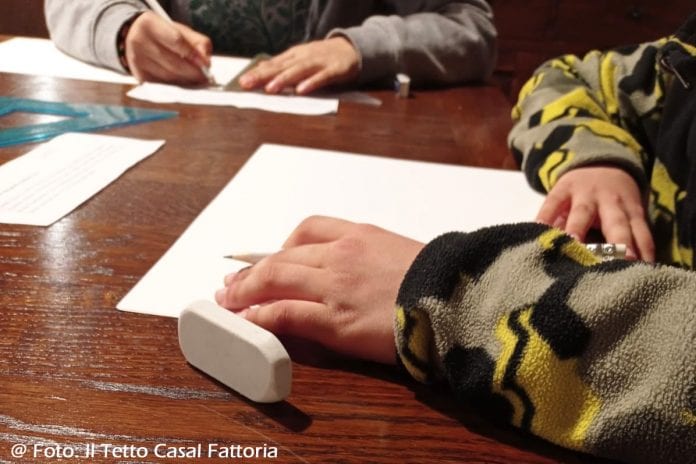Rome (Italy). The authors of the texts and drawings commented by the Via Crucis that Pope Francis will preside on 2 April 2021, in Rome in the churchyard of St. Peter’s Basilica are of children and teenagers of the Agesci Scout Group ‘Foligno I’ (Umbria), of the Roman Parish of Holy Martyrs of Uganda and two family homes, Mother of Divine Love and Tetto Casal Fattoria, in Rome.
The weekly Via Crucis is a significant appointment on the journey of Lent, to accompany Jesus on the way of the Cross, with an eye to the needs of the world, and to gradually enter the Paschal Mystery.
Some of the children and young people, authors of the meditations, will accompany the Pope along the 14 Stations, reading the comments and prayers, the result of concrete reflections drawn from their daily life: the choice not to intervene to defend a friend, the derision of a class companion, the small failure of a bad grade, are some of the episodes told with the confidence of the little ones in Jesus: “You were a child like us”.
As they themselves express in the introductory letter, the experience of the Cross is not far from children. “Dear Jesus, You know that we children too have crosses, which are neither lighter nor heavier than those of adults, but they are real crosses, which we feel heavy even at night. And only You know it and take them seriously. ”
The meditations, written with simplicity by children and young people, deeply touch the heart and are an opportunity to think, to be converted, and to desire a more just and happy world for all.
In the Audience of Holy Wednesday, on 31 March 2021, Pope Francis’ thoughts also went to the children, to the many little ‘crucified’, innocent victims who die of hunger, who have no education, and “only from Him can they receive the comfort and meaning of their suffering”.
In this year’s Easter celebrations, still marked by the Covid-19 pandemic, the Cross of Christ is “a sign of hope that does not disappoint”:
“Dear brothers and sisters, this year too we will experience the Easter celebrations in the context of the pandemic. In many situations of suffering, especially when people, families, and populations already tried by poverty, calamity or conflict suffer them, the Cross of Christ is like a beacon that indicates the port to ships still offshore in the stormy sea. The Cross of Christ is the sign of hope that does not disappoint; and it tells us that not even a tear, not even a groan is lost in God’s plan of salvation”.





















Comovente o texto das crianças! Só mesmo o Papa para ter esta linda iniciativa que nos ensina a simplicidade evangélica, a partir dos pequenos e pobres deste mundo sofrido!